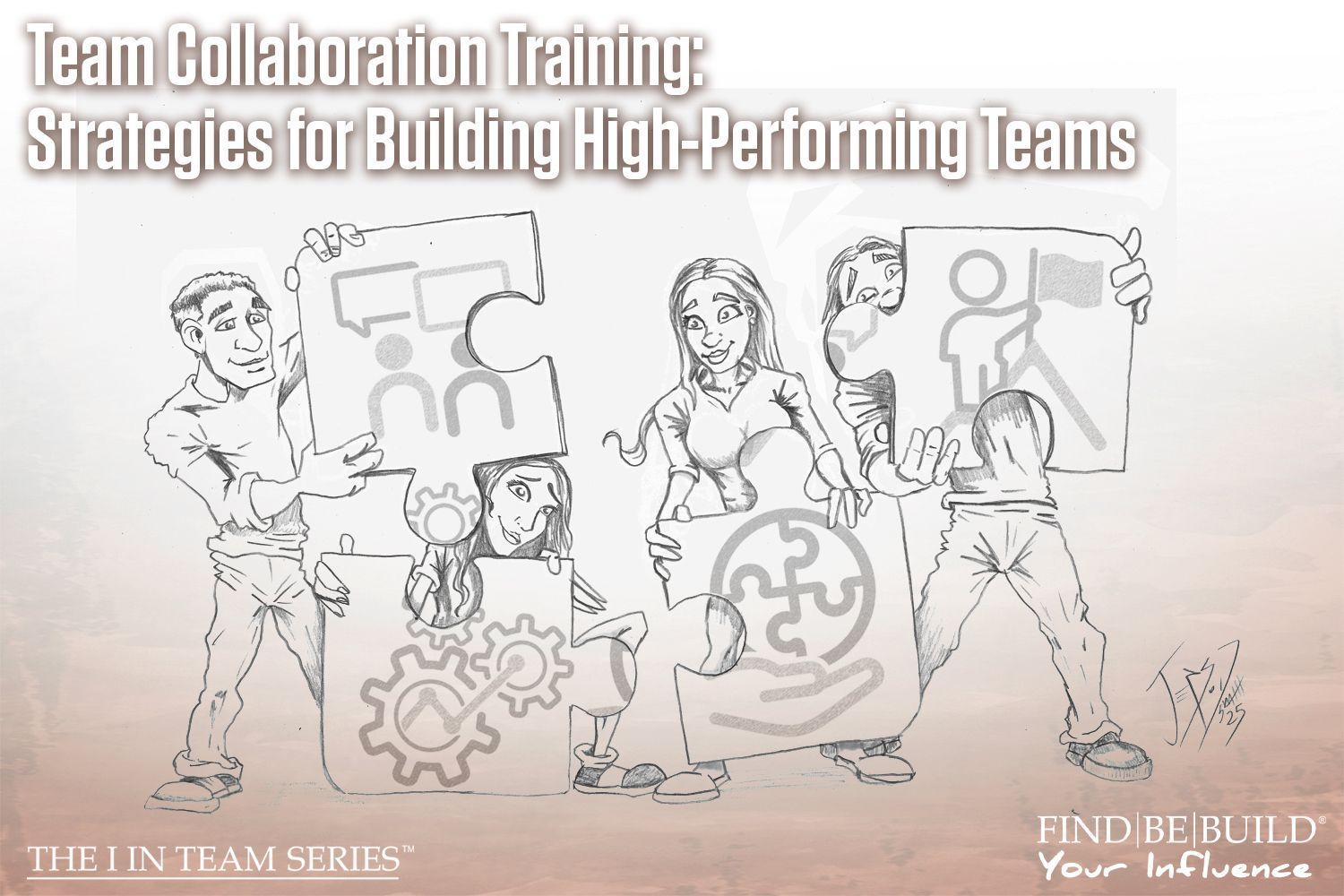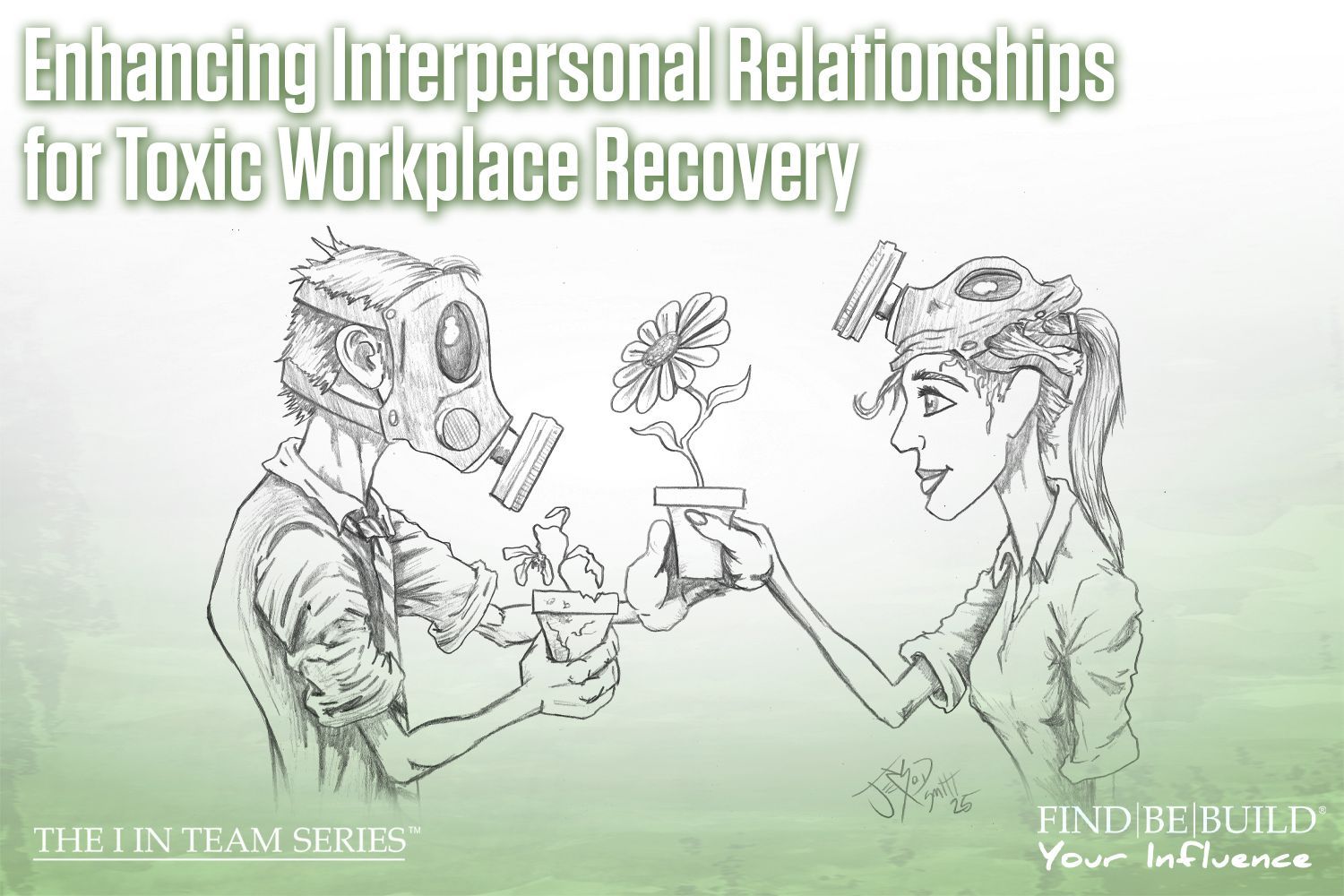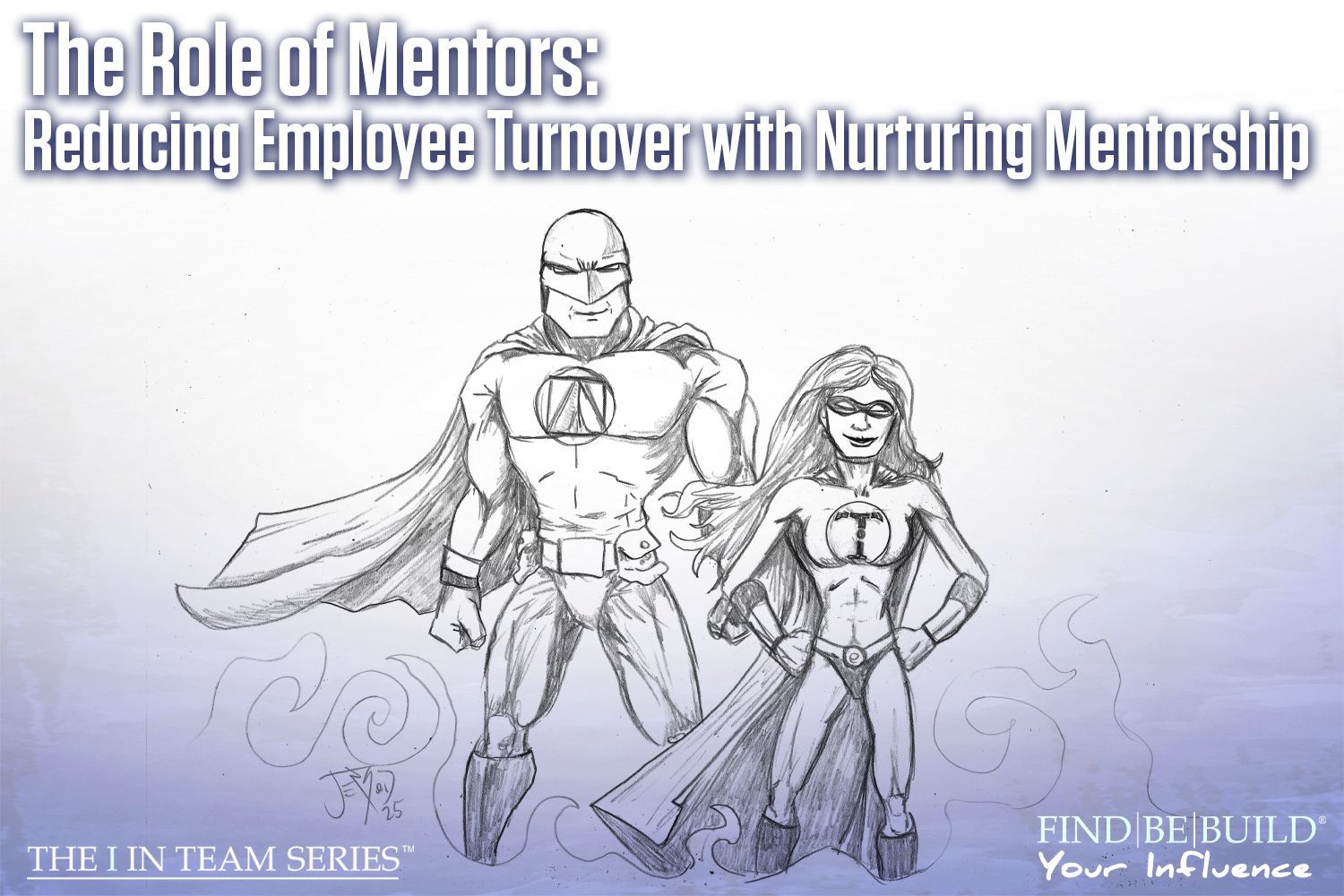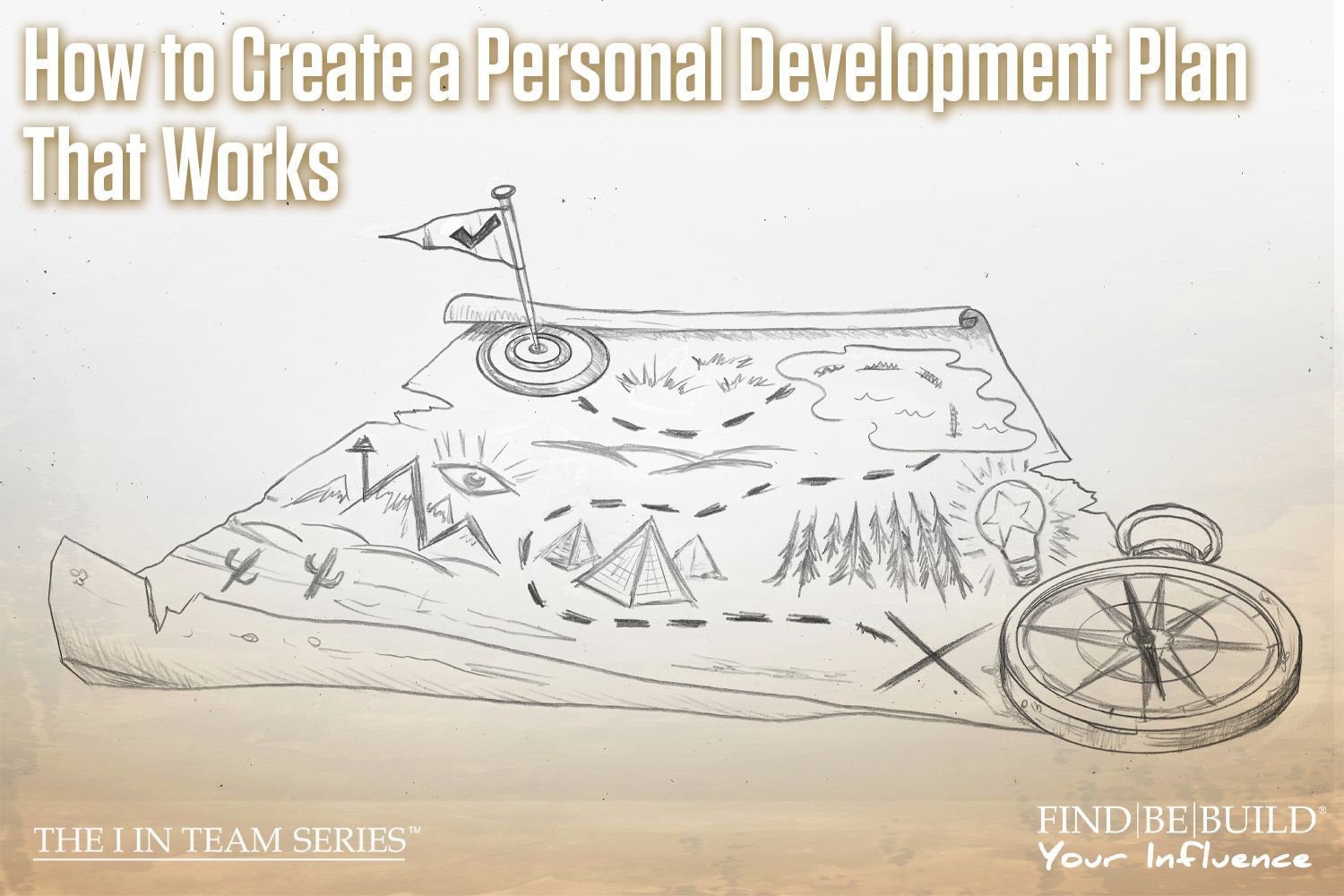Leaders Need to Get Excited About Diversity

Diversity in business consulting
It may be difficult for organizations to change their thinking, processes, or procedures without acceptance of these changes from the top. Leaders need to embrace their organization’s diversity, equity, and inclusion initiatives, becoming champions of this much needed addition to an organization’s foundation. Aside from promoting diversity, equity, and inclusion because it is the ethical thing to do, there are several benefits for organizations who choose to embrace diversity.
Although, simply having diversity is not enough. Leaders must be cognizant of how they treat all employees, ensuring they feel included and appreciated for their contributions. Should leaders decide to approach diversity authentically, showing humility and vulnerability, they lay the foundation for building a positive company culture. Being a leader means leading by example, showing your team how it’s done, and connecting words with conscious action. When getting excited about diversity in your organization, remember that there are several ways in which we are diverse, internally and externally. Review the below infographic for some examples:
Finding the Benefits
Leaders need to embrace diversity in their organizations if they are deeply committed to their organization’s survival. Leveraging diversity, and inclusion, in your organization can bring immense benefits. We want to note that while you can have a diverse team without inclusion, you likely won’t have the full benefits of diversity without inclusion. Exclusion can cause high employee turnover, absenteeism, and disengagement from work, which could negate your diversity efforts. Leaders must remain mindful that diversity and inclusion need to go hand-in-hand in order to succeed in finding the benefits of diversity.
Conversely, diversity and inclusion in organizations increases innovation and creativity, increases the bottom line, lowers employee turnover, increases employee and customer/client satisfaction, and betters decision making capabilities and analysis. These benefits are realized when leaders allow their employees to bring their full, authentic, positive selves to work, because when people feel safe being themselves, they contribute their best selves. By allowing employees to contribute in their own individual ways, they bring a unique, competitive edge that other teams don’t have. Leaders must realize the importance of diversity and use their team as an asset to help the organization grow in positive influence.
Being A Positive Influence
As stated previously, leaders must lead by example. Leadership is only in effect when there is followership, and to forget about the other half of the puzzle is to dismiss the value leadership. Leaders need followers to earn the title of leader. In some ways, followers choose their leaders, but that is not always the case in organizations. As leaders, you must strive to be a positive influence through embracing and promoting diversity and inclusion initiatives in the workplace.
To be a positive influence that perpetuates a culture of inclusion, leaders must treat each individual team member with compassion, empathy, understanding, acceptance, and curiosity. Leaders must listen to learn and ask thoughtful follow up questions to engage in learning more about employees. As shown in the previous infographic, there are a vast amount of ways in which we are diverse; commit to having a growth mindset and remain curious about your team. Fill spaces with compassion rather than judgement and seek to understand life from other points of view. If you can commit to being a positive influence and role model for your team, building diversity on your team will become easier.
Building Diversity & Cultural Intelligence
Cultural intelligence, also called cultural quotient and closely related to cultural agility, is defined by the Cultural Intelligence Center as, “the ability to relate and work effectively with people from different cultural backgrounds and it goes beyond existing notions of cultural sensitivity and awareness.” One of the best ways to create a culture of diversity and inclusion is to perpetuate a culture of diversity and inclusion. These are not topics to be discussed once a year at a one-hour training session in hopes that the information will stick until the next year comes around. Building a culture of diversity and inclusion requires constant work from leaders and team members dedicated to making this part of their foundation.
One hot topic that often stems from these training sessions and is difficult for even the closest of friends to discuss is unconscious bias. However, opening compassionate discussions about unconscious bias, even in the workplace, is how we can all grow to understand and acknowledge our blind spots. This can be intimidating for people and organizations as a whole. When confronted with unconscious bias, our minds work to protect ourselves from feeling guilty over something we didn’t intend by denying the fact that we have bias at all. Having unconscious bias is nothing to feel bad about. We all have it. If you are committed to a growth mindset and being a positive influence, be open to learning about your unconscious bias. Promote compassionate understanding and conversations where people feel safe pointing out each other’s unconscious bias. This is how we can all grow. Let go of feelings of guilt and challenge yourself.
Conclusion
Embracing diversity in the workplace is a highly discussed topic, but some organizations are still having difficultly implementing this. Changes like these in organizations need champions to keep the team on course, excited, and motivated for positive change and inclusion. Leaders need to remember that their organization’s customer/client base is likely diverse, and our world is rapidly changing in diversity every minute. Diversity is not just about the people you work with; it’s about the people you serve. Leaders must choose to embrace diversity now to keep their organizations moving into the future successfully and positively.












